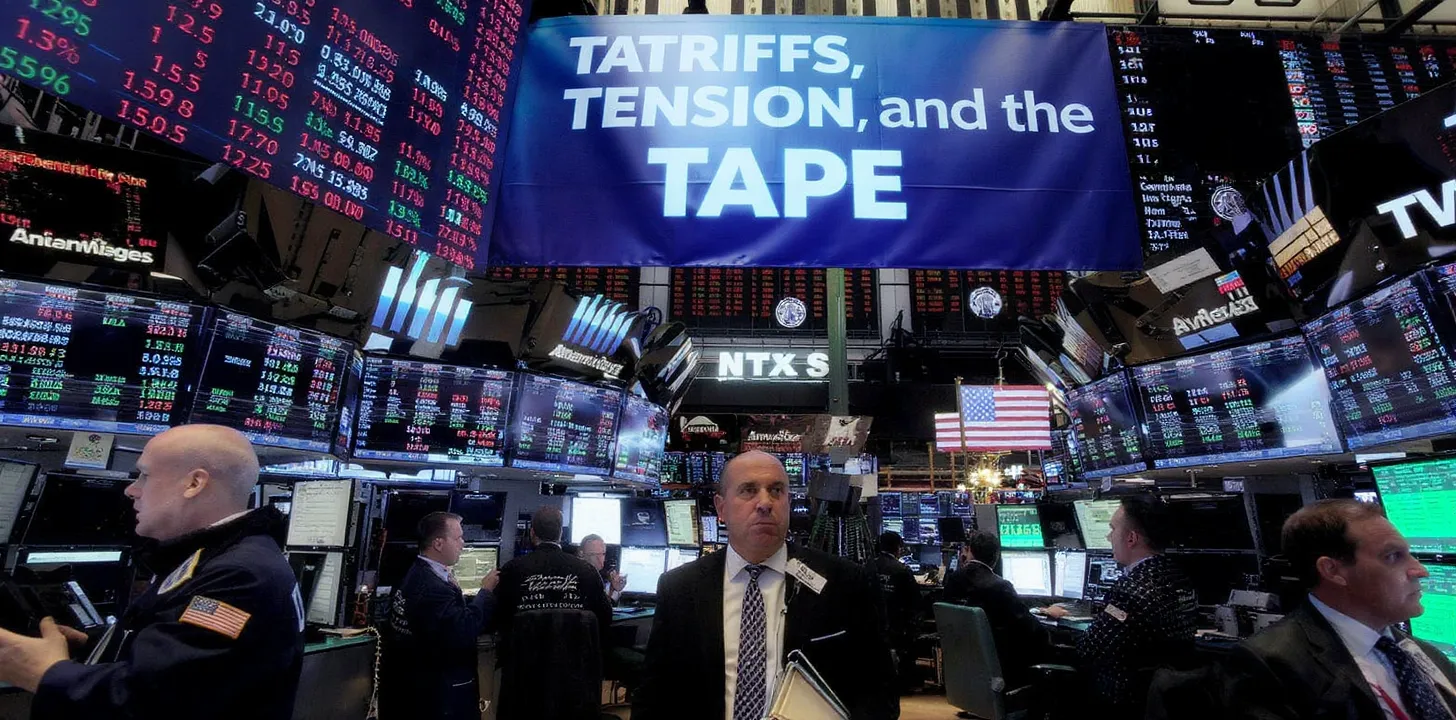Week Ahead: U.S. Data and Inflation Gauges to Steer the Dollar
A Heavy Calendar After Jackson Hole
The week of August 25–29, 2025, begins under the shadow of Fed Chair Jerome Powell’s dovish speech at Jackson Hole, which tilted markets toward expecting a September rate cut. Treasury yields fell, the dollar weakened, and EUR/USD and GBP/USD surged to fresh highs. With that backdrop, this week’s slate of U.S. housing, investment, growth, and inflation releases will be decisive for FX and broader risk sentiment. Volatility in EUR/USD, GBP/USD, and USD/JPY is likely to remain elevated as traders recalibrate Fed policy bets.
Monday – Housing Pulse Check
The week opens with July New Home Sales, projected at 0.63M, up 0.6% on the month. A strong print would reinforce the case that housing remains resilient despite higher mortgage rates and slower consumer confidence. That could briefly cushion the dollar, particularly against the euro and yen. A weaker outcome, however, would deepen worries that consumer demand is faltering and push USD lower across majors.
Tuesday – Durable Goods and Business Sentiment
On Tuesday, attention shifts to Durable Goods Orders, expected at -4% MoM, a less severe contraction compared with June’s -9.3%. Any further slump in orders would highlight weakening business investment and fuel concerns about slowing momentum into Q3. That outcome could weigh on the dollar and flatten U.S. yield curves, giving EUR/USD room to climb further toward resistance at 1.18. A stronger rebound, though, would suggest underlying investment demand remains stable, supporting USD and dampening euro and sterling rallies.
Wednesday – Calm Before the Storm
Mid-week brings no top-tier U.S. releases, but markets will parse Fed commentary following Powell’s Jackson Hole message. Central bankers are expected to stress that while inflation remains sticky, employment risks now justify a more flexible stance. Traders will be cautious ahead of Thursday’s GDP revision and Friday’s PCE release, limiting directional conviction until then.
Thursday – Growth and Labor at the Forefront
Thursday delivers a double test for the dollar. First, the second estimate of Q2 GDP growth is forecast to hold at 3% annualized. An upward revision would strengthen the argument that the U.S. economy remains resilient, possibly reducing the urgency for immediate Fed cuts and helping USD stabilize. Alongside GDP, Initial Jobless Claims are expected to rise modestly to 224k. A surprise surge in claims would point to labor-market deterioration, reinforcing dovish expectations and dragging USD lower. The combination of robust growth and subdued claims could produce a counter-rally in the dollar heading into Friday’s inflation data.
Friday – Core PCE Decides the Tone
The climax of the week arrives with the July Core PCE Price Index, the Fed’s preferred inflation gauge. Consensus has both the monthly figure at 0.3% and the annual rate at 2.8%. Any upside surprise will reignite fears that inflation pressures remain entrenched, forcing the Fed to tread carefully on cuts. That outcome would lift USD broadly, especially against JPY and CHF. A softer result would embolden doves, steepen the rally in EUR/USD, and push USD/JPY back toward the 145 handle.
Supplementing PCE are Personal Income and Spending as well as the Michigan Consumer Sentiment Index, expected at 58.6. Strong spending and a bounce in sentiment would affirm that households remain in decent shape, offsetting some dovish inflation signals. Weak sentiment, on the other hand, would signal rising consumer fatigue and keep downward pressure on the dollar.
Cross-Asset Implications
Equities rallied last week on Powell’s dovish tone, with the S&P 500 up 1.6% on Friday. If PCE and consumer data confirm disinflation, risk assets could extend gains into September. Commodities such as gold and copper, which jumped on Friday, may continue to benefit from a softer dollar. Oil prices will track geopolitical developments as Trump pushes for further talks with Russia and Ukraine. Bond markets will be sensitive to any combination of weak data and dovish commentary, which could deepen the bull-steepening of the Treasury curve.
Bottom Line
This week is all about validating or challenging the Fed’s new emphasis on employment risks. Strong housing and durable goods figures could stabilize the dollar early, but GDP, jobless claims, and PCE on Thursday and Friday will ultimately dictate direction. If inflation surprises to the upside, expect a dollar rebound; if not, dovish momentum from Jackson Hole will carry into September, keeping EUR/USD and GBP/USD elevated while pressuring USD/JPY lower. Traders should brace for large intraday swings as thin summer liquidity collides with heavy data flow.



